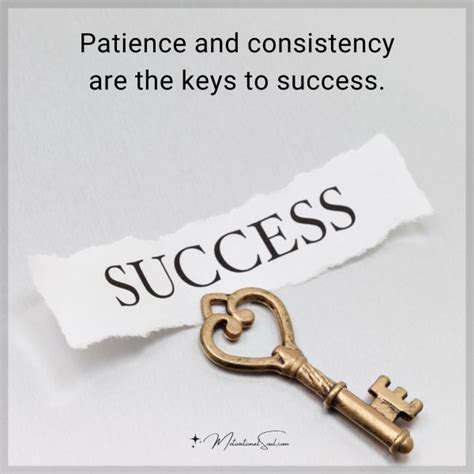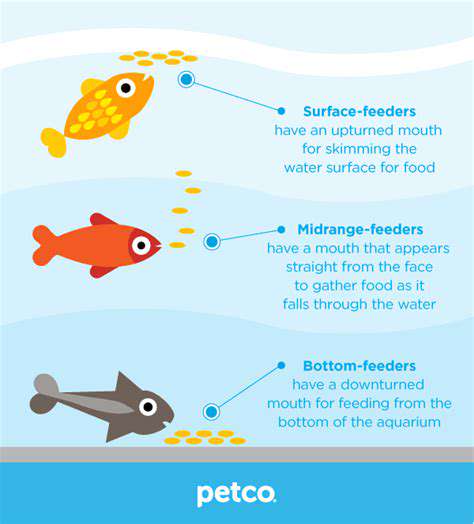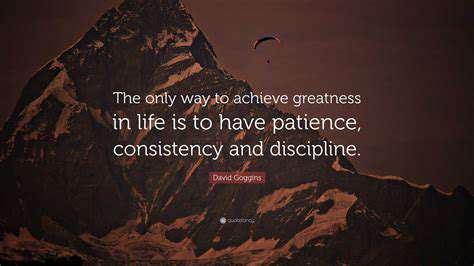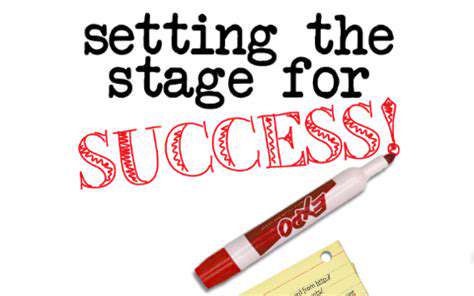Guide to Training a Fearful Dog [Building Confidence]
Consistency and Patience
Dogs thrive on predictability. If Monday you ignore their fear, Tuesday you coddle them, and Wednesday you get frustrated, you're speaking three different languages. Consistency isn't about perfection—it's about creating a reliable framework. Some days will feel like setbacks, but progress isn't linear. The dog that took three weeks to approach the front door might suddenly surprise you by waiting there for walks.
Desensitization and Counter-Conditioning
Desensitization: Gradual Exposure
Changing a dog's emotional response is like reprogramming a computer—you have to overwrite the existing code byte by byte. Start so small it seems ridiculous. If your dog panics at seeing other dogs, begin with a dog-shaped silhouette cut from paper across the park. Reward calm behavior, then gradually decrease distance over weeks.
The magic happens in the details. That moment when your dog notices the trigger but chooses to look at you instead? That's the breakthrough. Capture it with immediate praise and high-value treats they only get during these sessions.
Counter-Conditioning: Pairing Fear with Positive Associations
This is classical conditioning at its finest. The goal isn't just tolerance—it's creating actual positive anticipation. For the dog scared of nail trims, start by simply showing the clippers while doling out steak bits. Then progress to touching a paw with the clippers in view. Eventually, the sight of the clippers should trigger tail wags, not trembling.
Identifying the Root Cause of Fear
Fear often layers like an onion. The surface trigger might be men in hats, but dig deeper and you might find a puppyhood trauma involving a delivery person. Or discover that what looks like fear of car rides is actually motion sickness. Untangling these threads requires detective work—interviewing previous owners, reviewing medical history, and sometimes just ruling out possibilities one by one.
Developing a Personalized Training Plan
Cookie-cutter approaches fail because no two dogs process fear identically. The sensitive greyhound needs a different strategy than the resilient terrier. Factors like age, breed tendencies, and past experiences all shape the roadmap. This is where professional trainers earn their keep—they spot nuances the average owner misses.
Patience and Consistency are Key
Transformation happens in the accumulation of tiny victories. The first time your dog hears a door slam without bolting. The moment they walk past a trash can that used to terrify them. These milestones deserve celebration. Setbacks aren't failures—they're information, telling you when to adjust the approach.
Seeking Professional Guidance
There's no shame in calling reinforcements. A good behaviorist is like a translator, helping you understand your dog's unique language of fear. They catch the subtle signs—the micro-expressions and body shifts that indicate whether you're pushing too fast or could advance further. Their expertise can shave months off your timeline.
Patience and Consistency: The Key to Success

Cultivating Patience
True patience isn't passive waiting—it's active endurance. It's the difference between watching paint dry and tending a garden. With dogs, patience means recognizing that their timeline isn't yours. That dog taking twenty minutes to approach a new person isn't being difficult—they're gathering courage at their own pace.
Consistency: The Foundation of Progress
Consistency builds trust. When your dog learns that your reactions are predictable, they stop anticipating chaos. This applies to everything from your tone of voice to how you respond to their fearful moments. Dogs aren't looking for perfect humans—just reliably compassionate ones.
The Interplay of Patience and Consistency
Think of patience as the oxygen and consistency as the fuel for your dog's progress. One without the other leads nowhere. The consistent routine provides the structure, while patience allows for the necessary flexibility within that structure when setbacks occur.
Overcoming Obstacles with Patience and Consistency
Every obstacle is a teaching opportunity in disguise. The neighbor's new lawn ornament that terrifies your dog? That's not a nuisance—it's a chance to practice your techniques. The dogs who make the most progress often have owners who reframe challenges this way.
The Power of Long-Term Vision
Short-term thinking creates frustration. Instead of focusing on today's failed training session, track monthly progress through video clips. That trembling puppy from six months ago who now confidently walks past barking dogs? That perspective fuels continued effort.
The Importance of Self-Care
You can't pour from an empty cup. Managing your own stress directly impacts your dog's progress. Their mirror neurons pick up on your tension, so your calmness becomes their calmness. When you hit a wall, sometimes the most productive thing is to take a walk—without the dog—to reset your own mindset.






![Guide to Caring for [Specific Cat Breed, e.g., Maine Coon]](/static/images/33/2025-05/HealthConsiderationsforMaineCoonCats3AAProactiveApproach.jpg)


![Review: [Specific Brand] Pet Cooling Mat](/static/images/33/2025-06/EaseofUseandMaintenance3AAPracticalPerspective.jpg)

